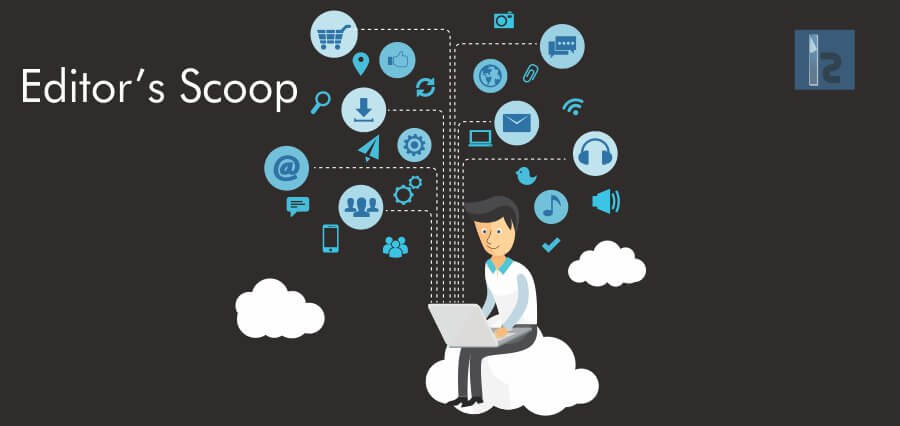Over the last decade, one of the biggest revolutions that have taken place is the advancement of the Internet technology and the surge of activities associated to it. The current dynamics have altered with the emergence of the ‘Internet-age’ and ‘high-speed‘ connectivity that has shattered the traditional concepts to a large extent. It has assisted to improvise communication along with boosting the socio-economic scenario within the country.
Before commencing the journey ahead, let’s refresh ourselves with the iconic dates when every step taken forward was nothing short of a revolution for the Indian Internet industry.
(Info graphics to be added)
As the 2nd-largest Internet population, India is all set to add its own flavor to the Internet market and has been expanding at a swift pace with each passing day! The ‘online’ world has attracted millions – be it for fun, work or just a pastime – The Internet is omnipresent. The fact that Indians are embracing the Internet much faster as compared to the other advanced economies is just a foundation of a new era.
The Internet landscape is also witnessing a dramatic change as the society is enabling businesses and individuals to derive more benefits from its usage. As the social websites are flooding the online market with numerous applications, seamless and high-speed connectivity is driving key sectors like e-commerce, fintech, IT, and media to name a few. With its power to impact the society at every stage, the internet has evolved as a ‘game-changer’ in the Indian sub-continent.
Players Impacting the ISP Market
As the demand for data is crossing the horizons, the battle for dominance is surging among the established giants, cable TV operators and the standalone ISP’s. As the de-facto gatekeepers of the Internet, ISP’s own the responsibility of delivering as per their dominance in the market. Talking about the 4 ISP monsters – Airtel, Jio, Vodafone, and BSNL – everyone is embracing innovative technologies to showcase their capabilities and gaining the maximum market share.
Bharti Airtel holds the edge as the largest Telco in India, followed by Vodafone, BSNL, and Jio. However as Jio formally forays into the fibre-based broadband services by next year, it would quite fascinating to see how much it can be a challenge to the other Telco’s. Adoption of new business models among these ISP’s are on a high as the remarkable growth of the Internet is squeezing the market and increasing competition. Players in the industry are crafting strategies to engage the customers and their focus is to enhance and create a positive appeal for their services.
Fibre Optics: Unveiling the Future of High-Speed Data
As the demand for data increases, traditional broadband connections would be a technology of the past in the coming few years. Fibre optics is the latest entry for transporting high-speed internet and would be a mainstream reality by next year in India. Fibre optics is the catalyst for change that is now been encompassed by the Indian ISP’s that has further opened new windows of exploration in this area. Comprising of glass pieces that reflect light instead of electricity, fibre optics are able to transfer a potentially limitless amount of bandwidth over long distances. The biggest advantage it offers is the ability to stream high-quality content, upload or download huge data within a fraction of seconds through a seamless connectivity.
Cloud-based online games are the most preferred choices when it comes to playing online games. With fibre optics coming into the picture, playing these online games would be sheer magic with faster data speeds covering limitless distances. As fibre optics is disrupting the present and reshaping the future of data transmission and telecommunications, the collated efforts made by the Indian Governance and ISP’s will ensure a brighter future!
Eye-catching analysis on the Indian Internet Trends for 2020:
(Info graphics to be added)
The Bigger Picture
Although India has crossed the USA in terms of total numbers of ‘Google Play’ downloads, the road ahead is quite daunting and challenging. From dialups to fibre optics, India has embraced the evolution of the internet in the best possible manner. While rejoicing 23 years of ‘commercial access’ of the ‘WWW’ in India, we need to define the future path too.


